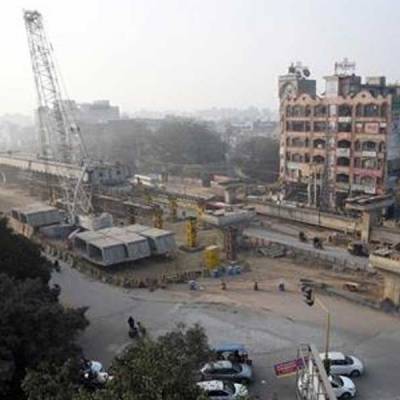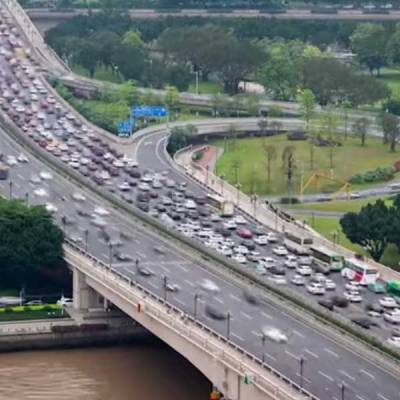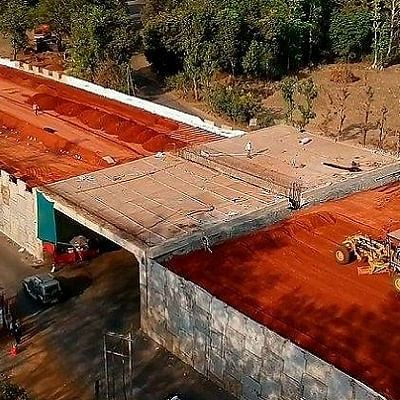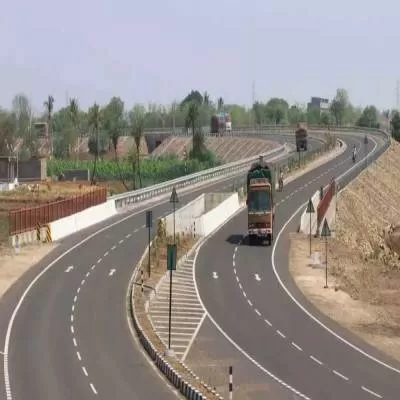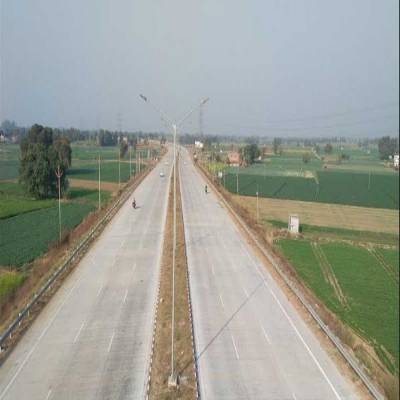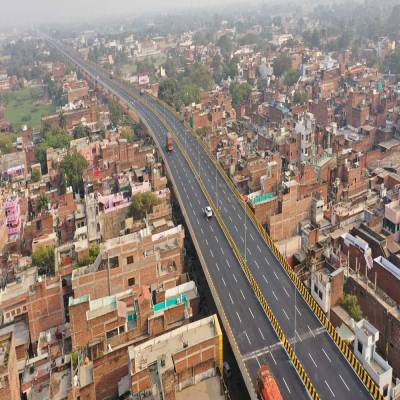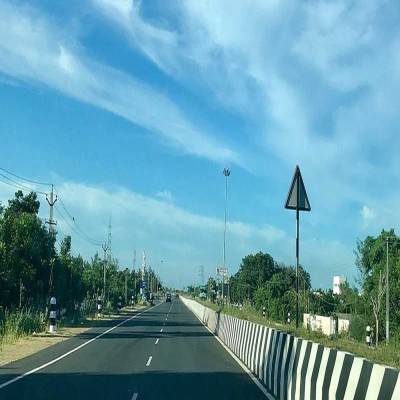- Home
- Infrastructure Transport
- ROADS & HIGHWAYS
- Bharatmala Pariyojana and TOT Model making a paradigm shift in road infrastructure development
Bharatmala Pariyojana and TOT Model making a paradigm shift in road infrastructure development
Speaking at a recently organised conference on the Indian Road sector with the focus on Bharatmala Pariyogana and TOT model, Shubham Jain, Vice President and Sector Head-Corporate Ratings, ICRA, said, “The Bharatmala Pariyojana aims to bridge critical infrastructure gaps through corridor-based development. Therefore, it has the potential to change the entire landscape, if implemented as per plan.”
Bharatmala Pariyojana is expected to bring a paradigm shift in the development of highway infrastructure in the country with focus on improving efficiency of national corridor, faster pace of execution, and using innovative models like Hybrid Annuity Model (HAM), and TOT model which will reduce the government’s funding requirement.
Bharatmala Pariyojana along with other highway development schemes are estimated to cost Rs 6.92 lakh crore. The funding for the programme is more certain as about 80 per cent of the funding will be from the government’s contribution, 50 per cent from Budgetary Allocations (GBS, CRF, Toll collections), and 30 per cent from market borrowings.
The estimated share of private sector investment for the programme is Rs 1.06 lakh crore while the expected funding through the monetisation of assets by the Toll-Operate-Transfer (TOT) route is estimated at Rs 0.34 lakh crore. These two together will form about 20 per cent of total estimated fund requirement of Rs 6.92 lakh crore for Bharatmala Pariyojana Phase-1 and other highway development schemes.
Success of TOT would enable more asset recycling, and thereby, enable NHAI garner higher proceeds through monetisation. Jain added, “The first set of TOT offering saw robust results in terms of the winning bid being significantly higher than the NHAI’s expectation. Going by this, the government’s plan of raising Rs 34,000 crore from TOT looks well within reach.”
The programme is targeting completion of ~83,677 km of highways by 2022 – which is ambitious given the past execution pace. Given the past experience, land acquisition, and approvals could pose challenge in achieving this target. Similarly, while dependence on private sector participation is not high for the programme, the scaling-up of execution pace would also require significant ramp up in contractors’ capacity to undertake projects. As the projects are likely to be taken up on EPC mode, contractors would not require sizeable long term funding.
However, arranging non-fund based limits could emerge as a constraint for many players as they scale up rapidly. Further, the construction sector would also need to scale up their resource capacity including manpower, raw-material, and equipments to take up such a large size programme within the time frame.
The conference on the Indian Road sector with specific focus on Bharatmala Pariyogana and TOT model organised recently by domestic credit rating major ICRA witnessed overwhelming participation from a host of eminent personalities from the corporate and banking and financial services.
The last two decades have witnessed massive highway infrastructure development in the country, primarily undertaken under the National Highways Development Project (NHDP) programme, which was started in 1998. Now, the government has unveiled another massive new highway development programme (covering 83,000 km) under the Bharatmala Pariyojana, which will see a paradigm shift in highway development with the focus on improving efficiency of the national corridor and a long-term view on the highways network. The programme also includes funding raised from the monetisation of operational highway assets through the Toll-Operate-Transfer (TOT) route. Speaking at a recently organised conference on the Indian Road sector with the focus on Bharatmala Pariyogana and TOT model, Shubham Jain, Vice President and Sector Head-Corporate Ratings, ICRA, said, “The Bharatmala Pariyojana aims to bridge critical infrastructure gaps through corridor-based development. Therefore, it has the potential to change the entire landscape, if implemented as per plan.” Bharatmala Pariyojana is expected to bring a paradigm shift in the development of highway infrastructure in the country with focus on improving efficiency of national corridor, faster pace of execution, and using innovative models like Hybrid Annuity Model (HAM), and TOT model which will reduce the government’s funding requirement. Bharatmala Pariyojana along with other highway development schemes are estimated to cost Rs 6.92 lakh crore. The funding for the programme is more certain as about 80 per cent of the funding will be from the government’s contribution, 50 per cent from Budgetary Allocations (GBS, CRF, Toll collections), and 30 per cent from market borrowings. The estimated share of private sector investment for the programme is Rs 1.06 lakh crore while the expected funding through the monetisation of assets by the Toll-Operate-Transfer (TOT) route is estimated at Rs 0.34 lakh crore. These two together will form about 20 per cent of total estimated fund requirement of Rs 6.92 lakh crore for Bharatmala Pariyojana Phase-1 and other highway development schemes. Success of TOT would enable more asset recycling, and thereby, enable NHAI garner higher proceeds through monetisation. Jain added, “The first set of TOT offering saw robust results in terms of the winning bid being significantly higher than the NHAI’s expectation. Going by this, the government’s plan of raising Rs 34,000 crore from TOT looks well within reach.” The programme is targeting completion of ~83,677 km of highways by 2022 – which is ambitious given the past execution pace. Given the past experience, land acquisition, and approvals could pose challenge in achieving this target. Similarly, while dependence on private sector participation is not high for the programme, the scaling-up of execution pace would also require significant ramp up in contractors’ capacity to undertake projects. As the projects are likely to be taken up on EPC mode, contractors would not require sizeable long term funding. However, arranging non-fund based limits could emerge as a constraint for many players as they scale up rapidly. Further, the construction sector would also need to scale up their resource capacity including manpower, raw-material, and equipments to take up such a large size programme within the time frame. The conference on the Indian Road sector with specific focus on Bharatmala Pariyogana and TOT model organised recently by domestic credit rating major ICRA witnessed overwhelming participation from a host of eminent personalities from the corporate and banking and financial services.


